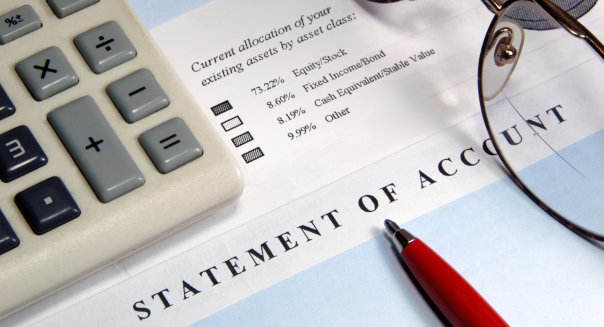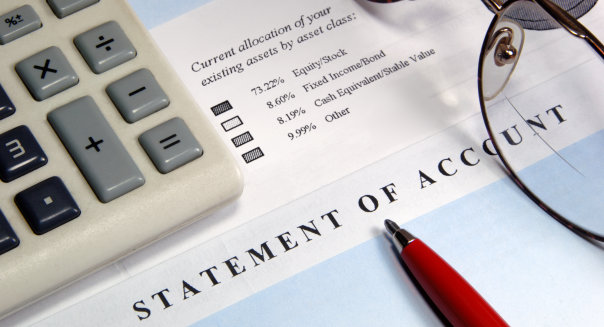
Portfolio rebalancing is a topic investors come across often. The advice may vary depending on whom you ask, but most financial advisers tend to touch on two main issues: how often to rebalance and when.
Equally important is when and why not to rebalance. Rebalancing is a strategy to maintain one’s asset allocation in line, should significant market swings or dividend payments affect it. It shouldn’t be a knee-jerk or emotional reaction to every market move, and it should most definitely not be done in the pursuit of the next hot investment opportunity.
“Rebalancing won’t increase the rate of return,” says Michael Brady, founder and president of Generosity Wealth Management in Boulder, Colorado. “The purpose of rebalancing is to stick with the plan.”
Not only might overly frequent rebalancing increase investment costs, but it also risks cutting off a cycle before it runs its course, Brady explains. “Whether the cycle is multiple quarters or multiple years, you’ll never catch the upward cycle if you are always shifting away from the downside,” he says. Not to mention that rebalancing could create a tax situation if it causes short-term realized gains.
Is Rebalancing Necessary?
When it comes to rebalancing, there are two schools of thought. Some investors avoid rebalancing entirely. “I don’t think there is any great data out there that says investors need to do it at a particular interval,” says Jeff Tjornehoj, a senior research analyst at Lipper. “Both [stock and bond] markets tend to perform well over time, with stocks moving up and bonds producing income,” he explains. “Non-balancing is a hands-off approach.”
Others argue that rebalancing forces you to pay attention to and understand your portfolio. “If you don’t rebalance, you end up having a lopsided portfolio,” says John Piershale, wealth adviser at Piershale Financial Group.
Rebalancing Strategies
1. Calendar rebalancing. This is the most common rebalancing strategy among everyday investors. With calendar rebalancing, an investor picks a time interval to review their portfolio and make adjustments, if needed, to get investments back in line with their original allocation. Calendar rebalancing can happen quarterly, yearly, or once every few years. For average investors, Brady says rebalancing on an annual basis is sufficient to prevent the portfolio from deviating too far from the original plan.
2. Asset class rebalancing. In a properly diversified portfolio, the investor’s assets are spread among several asset classes. An appropriate time to rebalance is when one or more of those asset classes’ share of the portfolio deviates by a wide enough range.
For example, say your ideal stock-bond allocation is roughly two-thirds in stocks and a third in bonds. But in a year, the stock market rises 20 percent and bonds fall 20 percent. This would bring your allocation to 75 percent stock and 25 percent bonds: a much riskier portfolio than where you started. Rebalancing will take care of the deviations from your ideal portfolio by buying when prices are low and selling when prices are high, says Aaron Gubin, director of research and wealth management at investment firm SigFig.
3. Tactical rebalancing. This strategy’s goal is to avoid substantial downturns by acting on movements in the markets instead of adopting a stay-the-course mindset. “During normal market conditions, we continually identify, rank and invest only in the most favorable areas,” says Piershale. “If market conditions deteriorate substantially, then we have a well-defined exit strategy that our clients understand.” This strategy attempts to take advantage of what’s happening in the markets at that particular time, depending on the conditions.
4. Glide path rebalancing. Glide path rebalancing is essentially the strategy of target-date funds. The portfolio’s asset allocation is determined with a specific retirement date in mind, and becomes more conservative as this date approaches.
With many people living thirty years or longer in retirement, glide path rebalancing can also play a role in making sure the investment portfolio is generating decent returns, while protecting their savings. For instance, Brady says an investor might have 40 percent of their portfolio in equities in the first ten years of retirement, then pare their equity position down to 30 percent in the second ten years, and 5 percent for the remainder of their lifetime.
Rebalance For the Right Reasons
At the end of the day, rebalancing should be about keeping your investments in line with your investment goals and strategy. Whether you do it based on a predetermined time or age, the key is to make sure it keeps you on track with your plan.
Be Tax- and Cost-Efficient
One of the strongest arguments against frequent rebalancing is that, much like with market timing, the investor is likely to incur trading costs, and possibly trigger short-term capital gains if they sell assets held less than a year.
One way to rebalance with taxes and costs in mind is to utilize cash dividends and fresh cash deposits to do “sale-free” rebalancing, says Gubin. “We spend fresh cash on the most under-weight security to bring it back up to its target weight, without having to sell assets that are overweight,” he explains. “This is tax- and trading cost-efficient because we don’t have to sell anything, or execute unnecessary trades. We can buy assets with the new cash to keep client portfolios on track.”
•Are You Paying the Price for Bad Investing Advice?
•Dreaming of Early Retirement? Make Your Nest Egg Last Longer
•How to Save and Invest for a House Down Payment


Leave a Reply